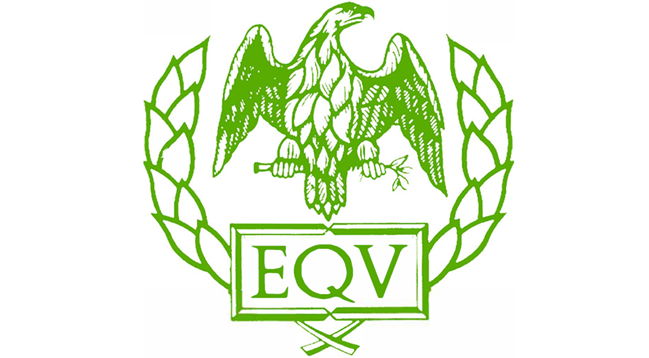CV Writing & Attending an Interview
- Content, Length, and Presentation of a CV: A CV should include your personal information, education, work experience, skills, achievements, and references. In terms of length, aim for 1-2 pages. Ensure proper formatting, clear headings, and a professional appearance.
- How Best to Describe Education, Work Experience, Interests, and Activities, etc.:
- Education: Mention the institution, degree, graduation date, and relevant coursework or honors.
- Work Experience: Use action verbs to describe responsibilities and accomplishments.
- Interests and Activities: Highlight relevant hobbies or extracurriculars that demonstrate skills or qualities sought by the employer.
- Making Positive Statements: Frame your experiences and achievements in a positive light. Use strong action verbs and quantify results where possible. For example, “Managed a team of five and increased productivity by 20%.”
- Dealing with “Gaps” and “Job Durations”: Address gaps honestly but positively. Focus on what you learned or achieved during those periods. For job durations, include start and end dates to be transparent.
- Creating a CV with MS Word: Follow the steps mentioned earlier in response to your previous question for creating a CV in Microsoft Word.
- Questions You Want to Ask at the Interview: Prepare thoughtful questions about the company, role, team, and expectations. For example, “Can you describe the typical career progression for someone in this role?”
- Appearance & Attitude Check: Dress professionally, maintain good posture, make eye contact, and offer a firm handshake. Exhibit a positive and enthusiastic attitude.
- Evidence of Past Achievements: Include specific examples of accomplishments in your CV and be ready to discuss them in the interview. Use the STAR technique (see #12) to structure your answers.
- Knowledge, Skills, Abilities, Experience, and Behaviors: Highlight these aspects in your CV and align them with the job requirements. Provide evidence of how you possess these qualities.
- What the Interviewer(s) Is Looking For: Interviewers seek qualifications, cultural fit, problem-solving abilities, and a positive attitude. Research the company and job description to understand their specific needs.
- Your Personal Qualities and Attributes (PQAs): Mention PQAs that are relevant to the job. For instance, if the role requires leadership, discuss your leadership experience and qualities.
- The STAR Technique: STAR stands for Situation, Task, Action, and Result. Use this method to answer behavioral interview questions. Describe the situation/task, explain your action, and highlight the positive result. It demonstrates your problem-solving and communication skills.
Anyone who needs to create a CV or whose job entails them reading and interpreting other peoples CVs.
Have two or more people to train? you may consider a closed group course.
Benefits include:
- Cost effective
- Choose a date to suit you
- Customise content and timings
- No minimum delegate
- Choose how the course is delivered – In person face-to-face at your location or virtual
Contact us on [email protected] to discuss specific date and delivery requirements.
We can deliver our training sessions in several ways, these being:
- Open public course (Contact us if you can’t see a suitable date listed)
Please enquire about the following methods
- Closed group
- In person face to face
- virtual
- One to one coaching
Course Benefits
- Fully led tutor instruction
- Comprehensive courseware for all delegates
- Certificates of attendance
- Course Guarantee
- Emergency trainer
- Contextualisation and customisation for Closed group courses
- Evaluation Feedback
- Access to Customer Portal (course bookers) for oversight of past and future training events and attendance details
Key Features
Course Duration is 1 Day
Engaging & interactive tutor led session
Comprehensive course materials
Priced per delegate per day for open public course
From: £449.00 Plus VAT
Can’t see a suitable date? Please request a date here
Payment available via all major credit cards or Invoice. All options available during the online booking process.
